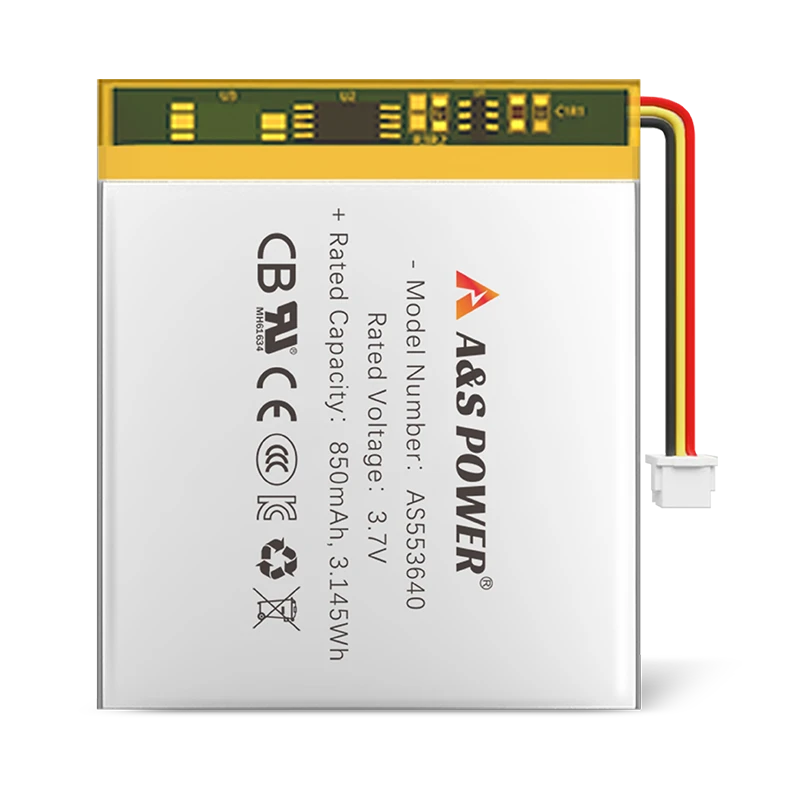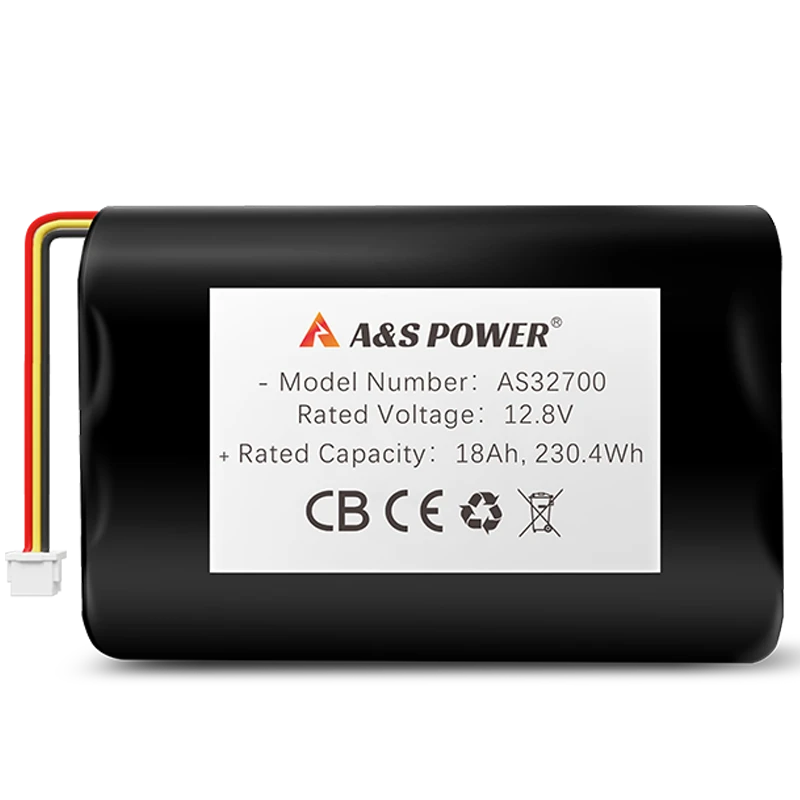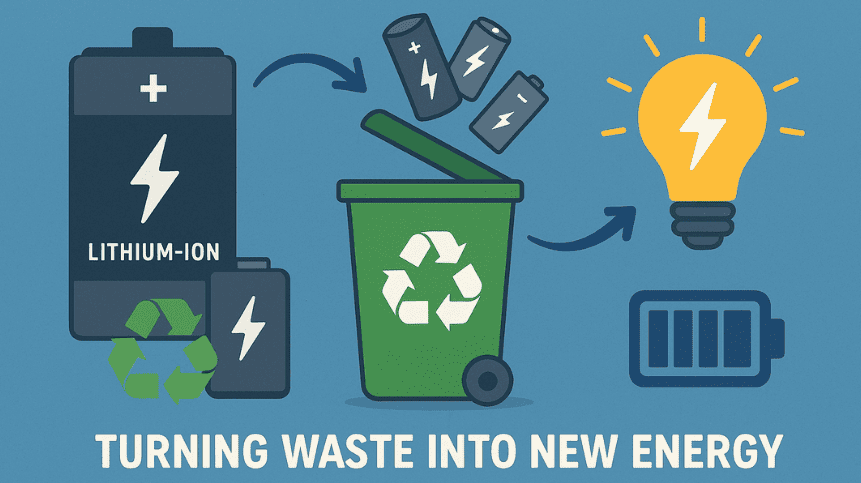Recycling Lithium-Ion Batteries: Turning Waste into New Energy
Introduction
As demand for electric vehicles, renewable energy storage, and portable electronics continues to grow, lithium-ion (Li-ion) batteries have become central to modern technology. However, this widespread adoption introduces a critical challenge — how to responsibly manage and recycle millions of batteries that reach the end of their lifespan.
Each Li-ion battery contains valuable metals such as lithium, cobalt, nickel, and manganese — all requiring intensive mining and energy to extract. Improper disposal not only wastes these resources but can also leak toxic substances, harming soil, water, and human health.
Thus, battery recycling is no longer optional — it’s essential for building a sustainable, circular energy economy.
1. Why Recycling Matters
-
Resource Recovery: Recycled batteries provide secondary sources for critical materials like lithium and cobalt, reducing dependence on mining.
-
Environmental Protection: Recycling prevents toxic leakage and lowers carbon emissions associated with raw material extraction.
-
Economic Sustainability: Reusing recovered metals supports the long-term stability of the global battery supply chain.
2. The Lithium-Ion Battery Recycling Process
Recycling typically begins with collection and disassembly. Used batteries are sorted, dismantled, and processed into “black mass” — a powder containing lithium, cobalt, nickel, and manganese.
From this stage, two primary recovery methods are applied:
(1) Pyrometallurgical Recycling
This high-temperature smelting process melts and separates metals for purification.
✅ Advantages: Effective for large-scale recovery.
⚠️ Drawbacks: High energy consumption and potential gas emissions.
(2) Hydrometallurgical Recycling
This chemical leaching method dissolves metals using acid or alkali solutions for precise extraction.
✅ Advantages: Lower environmental impact, higher purity recovery.
⚠️ Drawbacks: Requires careful chemical management to prevent effluent pollution.
Today, many recycling facilities use a hybrid approach, combining both methods to balance efficiency and sustainability.
3. Emerging Innovations in Battery Recycling
Modern research is driving next-generation recycling technologies that make the process cleaner and more efficient:
-
Direct Recycling: Instead of breaking down materials into raw metals, cathodes are recovered and reused directly, saving both structure and energy.
-
AI-Powered Sorting Systems: Artificial intelligence helps classify battery types with higher precision, optimizing disassembly and processing.
-
Closed-Loop Manufacturing: Recovered metals are directly fed back into new battery production, forming a truly circular ecosystem.
These innovations are helping reduce costs and minimize environmental impact, accelerating the shift toward sustainable battery manufacturing.
4. Global Impact and Resource Security
Recycling not only protects the environment but also enhances resource independence. As global demand for lithium and cobalt skyrockets, recycling provides a stable, domestic source of supply while reducing geopolitical risks tied to mining.
By investing in advanced recycling infrastructure, countries can cut emissions, lower costs, and ensure material resilience for future energy needs.
Conclusion
Recycling lithium-ion batteries is the key to closing the loop in the clean energy economy. By recovering valuable metals and reintroducing them into new battery production, we transform waste into opportunity.
The next generation of sustainable energy depends not only on how we innovate in battery chemistry but also on how we reclaim and reuse what already powers our world.
-

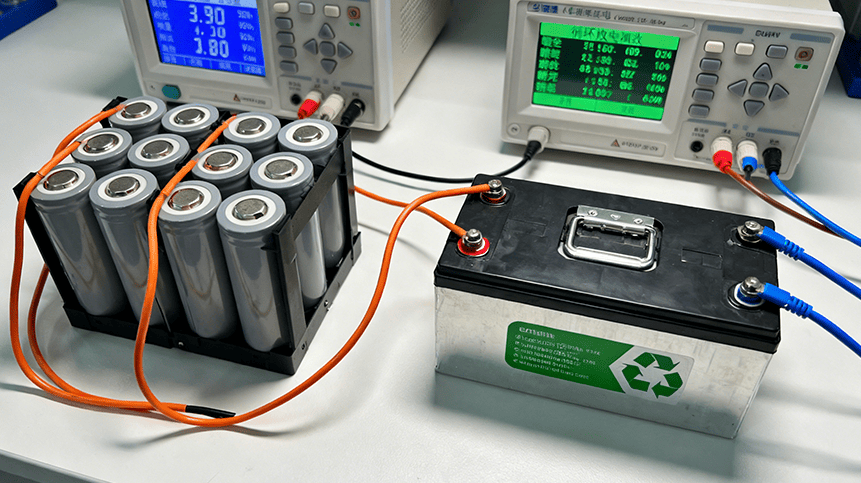 May.2025.11.24Ternary Lithium Battery vs Lithium-ion: Complete Comparison Guide (2025 Edition)Learn More
May.2025.11.24Ternary Lithium Battery vs Lithium-ion: Complete Comparison Guide (2025 Edition)Learn More -

 May.2025.11.214S2P 18650 14.8V Battery: Complete Technical Guide, Specs, Applications & SafetyLearn More
May.2025.11.214S2P 18650 14.8V Battery: Complete Technical Guide, Specs, Applications & SafetyLearn More -

 May.2025.11.18PCM vs BMS in Lithium Batteries: What’s the Difference and Which One Do You Need?Learn More
May.2025.11.18PCM vs BMS in Lithium Batteries: What’s the Difference and Which One Do You Need?Learn More -

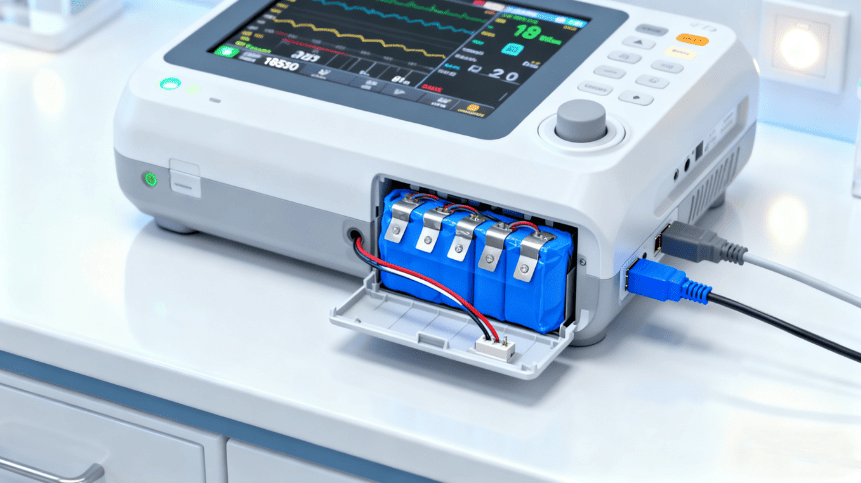 May.2025.11.17Custom Li-ion Battery Design for Medical Devices (2025 Comprehensive Guide)Learn More
May.2025.11.17Custom Li-ion Battery Design for Medical Devices (2025 Comprehensive Guide)Learn More -

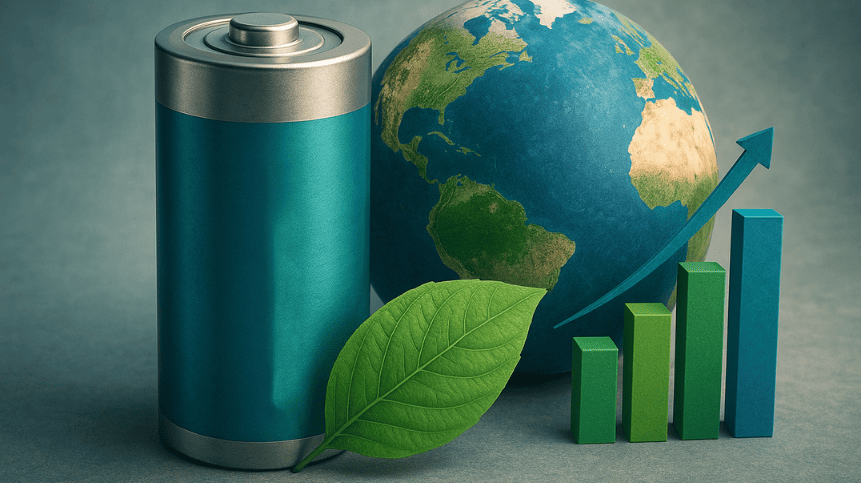 May.2025.11.17The Future of Lithium-Ion Batteries: Innovation, Sustainability, and Global Market TrendsLearn More
May.2025.11.17The Future of Lithium-Ion Batteries: Innovation, Sustainability, and Global Market TrendsLearn More




